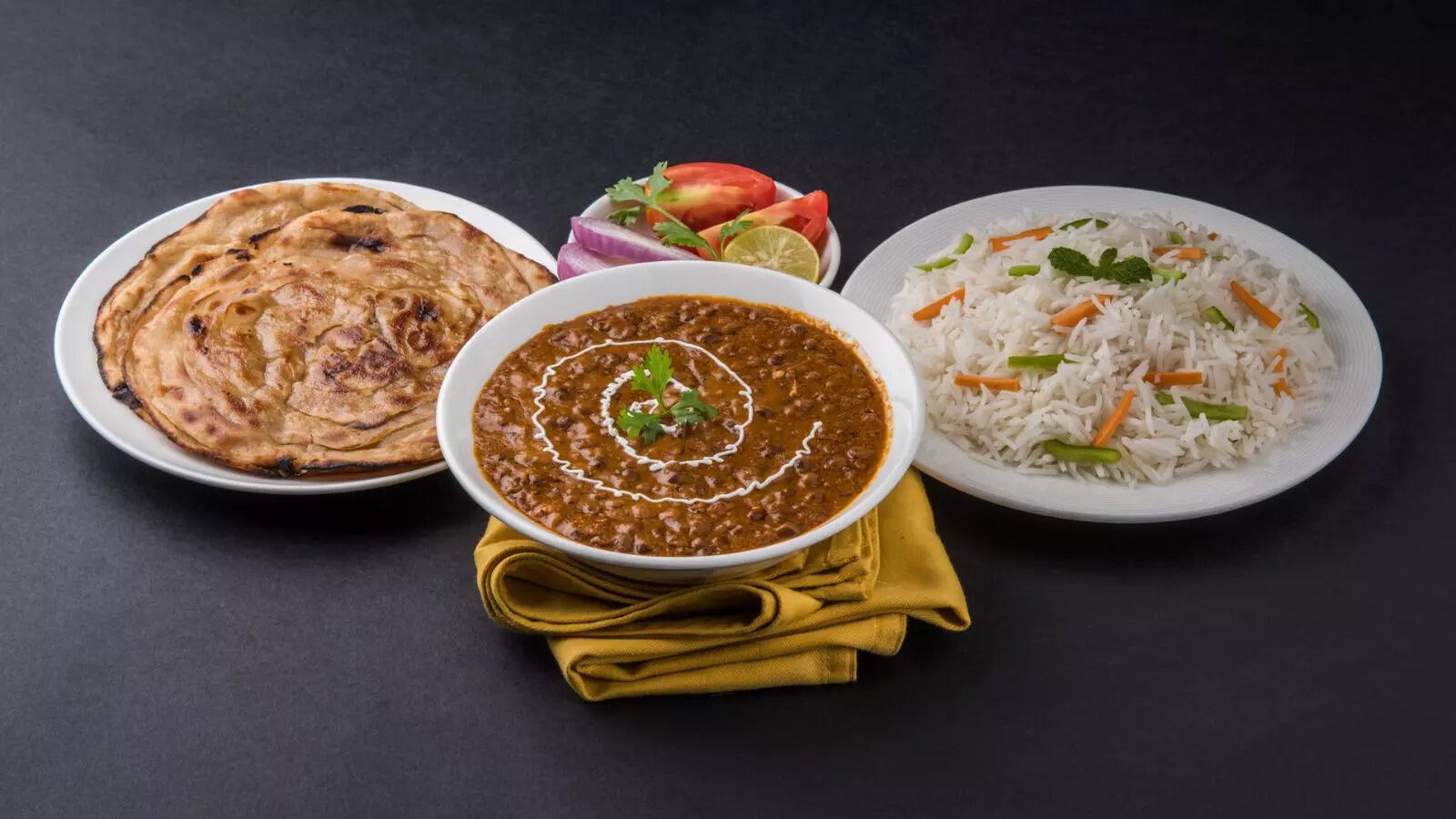The Great Food Debate: Is Roti Healthier Than Rice?
In the realm of nutrition and dietary choices, there is an ongoing debate about the healthiness of various staple foods. One such discussion revolves around the comparison between roti (Indian bread) and rice . Both these carbohydrates play a significant role in many cuisines worldwide, and their nutritional values are often pitted against each other. We will delve into the health myths and facts surrounding the question: Is roti healthier than rice ?
Understanding Roti and Rice
Roti, also known as chapati, is a traditional Indian flatbread made from whole wheat flour. It is typically low in fat, rich in fiber, and contains essential nutrients like B vitamins and minerals. Rice, on the other hand, is a staple grain consumed in various forms globally. While there are numerous varieties, white rice and brown rice are the most commonly consumed types. Brown rice retains the bran and germ layers, making it more nutritious than refined white rice.
Nutritional Comparison
When comparing roti and rice , it's essential to consider their nutritional composition. Roti is generally higher in dietary fiber due to its whole wheat content. Fiber aids in digestion, promotes satiety, and helps regulate blood sugar levels. Rice, especially brown rice, contains a higher concentration of certain nutrients like magnesium, phosphorus, and some B vitamins. However, white rice is more processed and lacks the fiber and nutrients found in brown rice.
Impact on Blood Sugar Levels
The glycemic index (GI) is a measure of how carbohydrates in food affect blood sugar levels. Whole wheat roti typically has a lower GI compared to white rice, meaning it causes a slower and steadier rise in blood sugar levels. This makes roti a preferable choice for individuals with diabetes or those looking to manage their blood sugar. However, pairing rice with high-fiber vegetables, legumes, or lean proteins can lower its GI and minimize blood sugar spikes.
Weight Management Considerations
When it comes to weight management, the choice between roti and rice depends on various factors, including portion size and overall calorie intake. Both can be part of a balanced diet , but portion control is crucial. Roti's higher fiber content can contribute to increased satiety, potentially reducing overall calorie consumption. Meanwhile, rice can provide energy and, when paired with vegetables and lean proteins, can contribute to a nutritious and satisfying meal.
Cultural and Individual Preferences
It's important to recognize that dietary choices often depend on cultural preferences and individual needs. Roti and rice are integral parts of diverse cuisines worldwide and provide unique flavors and textures. While considering their nutritional aspects is essential, personal preferences, dietary restrictions, and overall dietary patterns should also be taken into account when making food choices.
In the debate of whether roti is healthier than rice, the answer depends on various factors. Roti, with its higher fiber content and lower glycemic index, may be advantageous for blood sugar control. However, rice, especially the more nutritious brown rice, offers essential nutrients. Ultimately, a balanced diet that incorporates a variety of foods, including whole grains like roti and rice, is key to overall health and well-being.

Understanding Roti and Rice
Roti, also known as chapati, is a traditional Indian flatbread made from whole wheat flour. It is typically low in fat, rich in fiber, and contains essential nutrients like B vitamins and minerals. Rice, on the other hand, is a staple grain consumed in various forms globally. While there are numerous varieties, white rice and brown rice are the most commonly consumed types. Brown rice retains the bran and germ layers, making it more nutritious than refined white rice.
Nutritional Comparison
When comparing roti and rice , it's essential to consider their nutritional composition. Roti is generally higher in dietary fiber due to its whole wheat content. Fiber aids in digestion, promotes satiety, and helps regulate blood sugar levels. Rice, especially brown rice, contains a higher concentration of certain nutrients like magnesium, phosphorus, and some B vitamins. However, white rice is more processed and lacks the fiber and nutrients found in brown rice.
Impact on Blood Sugar Levels
The glycemic index (GI) is a measure of how carbohydrates in food affect blood sugar levels. Whole wheat roti typically has a lower GI compared to white rice, meaning it causes a slower and steadier rise in blood sugar levels. This makes roti a preferable choice for individuals with diabetes or those looking to manage their blood sugar. However, pairing rice with high-fiber vegetables, legumes, or lean proteins can lower its GI and minimize blood sugar spikes.
Weight Management Considerations
When it comes to weight management, the choice between roti and rice depends on various factors, including portion size and overall calorie intake. Both can be part of a balanced diet , but portion control is crucial. Roti's higher fiber content can contribute to increased satiety, potentially reducing overall calorie consumption. Meanwhile, rice can provide energy and, when paired with vegetables and lean proteins, can contribute to a nutritious and satisfying meal.
Cultural and Individual Preferences
It's important to recognize that dietary choices often depend on cultural preferences and individual needs. Roti and rice are integral parts of diverse cuisines worldwide and provide unique flavors and textures. While considering their nutritional aspects is essential, personal preferences, dietary restrictions, and overall dietary patterns should also be taken into account when making food choices.
In the debate of whether roti is healthier than rice, the answer depends on various factors. Roti, with its higher fiber content and lower glycemic index, may be advantageous for blood sugar control. However, rice, especially the more nutritious brown rice, offers essential nutrients. Ultimately, a balanced diet that incorporates a variety of foods, including whole grains like roti and rice, is key to overall health and well-being.
Next Story